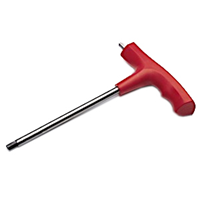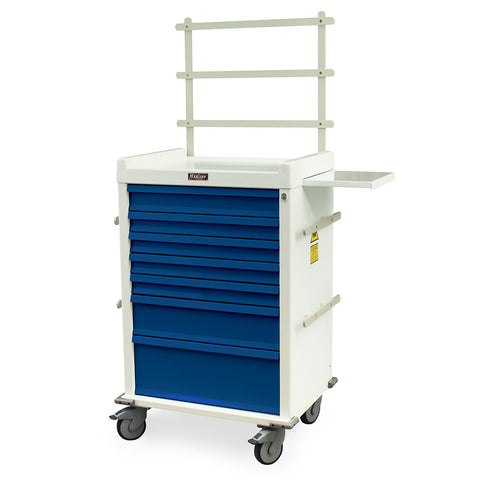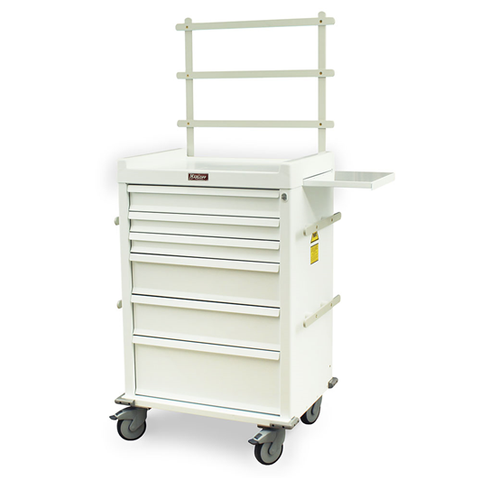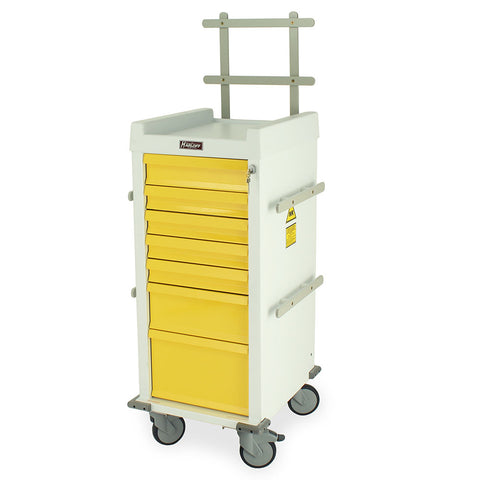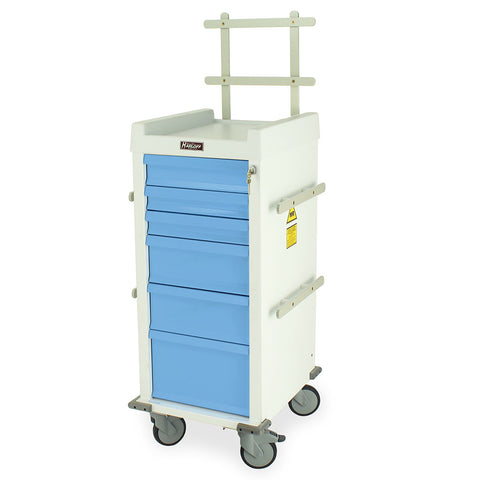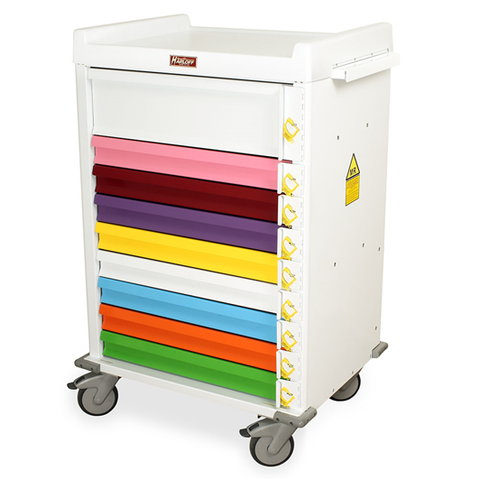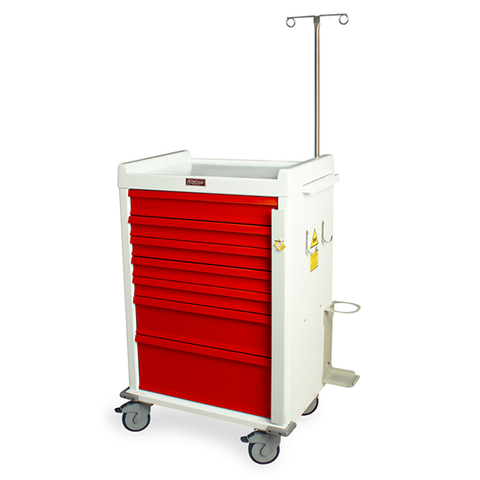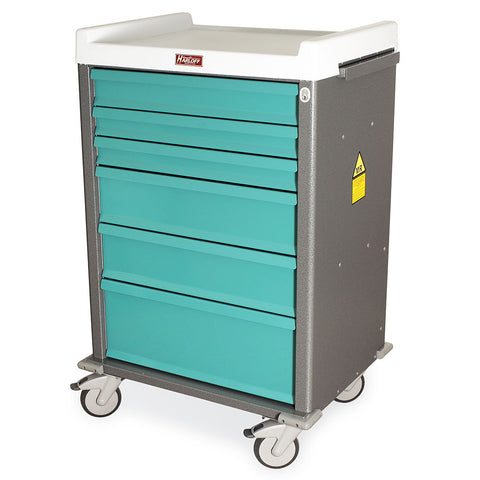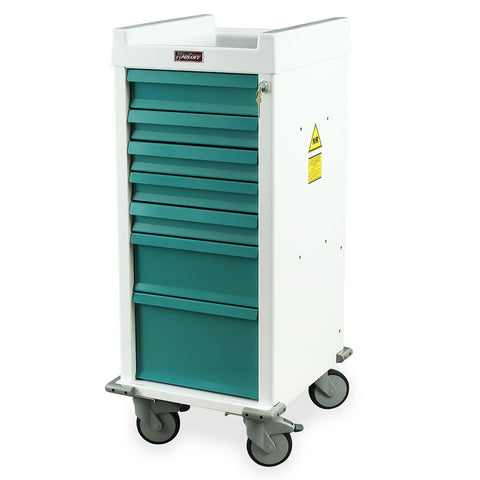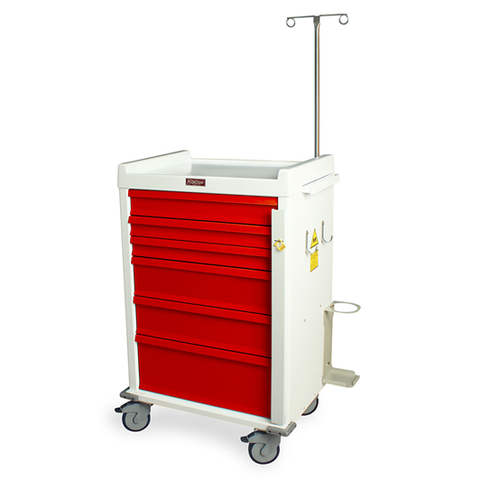
Effective management of the MRI environment requires the careful acquisition of specialized equipment and consumables. Facilities must balance stringent safety standards, advanced technological requirements, and operational cost constraints. This guide provides a scholarly analysis of how clinics, imaging centers, and hospitals can source reliable MRI supplies at competitive prices without diminishing safety or quality. The MRI environment, with its unique demands, necessitates a focused approach when acquiring everything from headsets and hearing protection to surgical tools and mobility solutions.
Understanding the MRI Environment and Its Requirements
The MRI (Magnetic Resonance Imaging) environment is distinct in its operational needs due to the powerful magnetic fields and radiofrequency energy involved. Only non-ferrous and explicitly MR-safe equipment may be used within MRI zones. The distinction between MR Safe, MR Conditional, and MR Unsafe is neither arbitrary nor negotiable, as the American College of Radiology and the ASTM International standards dictate. Each item, from MRI equipment to minor consumables, must conform to these rigorous parameters to prevent safety incidents, image artifacts, or equipment malfunction.
MRI Equipment Classes and Safety Labels
- MR Safe: Demonstrated to pose no known hazards in all MRI environments. Materials are entirely non-magnetic and non-conductive.
- MR Conditional: Proven safe under defined conditions; restrictions such as static field strength, specific absorption rate, and orientation may apply.
- MR Unsafe: Contains ferromagnetic materials or electronics incompatible with the MRI environment and is strictly prohibited in all MRI-controlled zones.
This taxonomy impacts sourcing decisions significantly. Buyers must ensure that supplies labeled as MR Safe or MR Conditional meet all relevant criteria for their intended MRI environment.
Building a Reliable Supply Chain for MRI Equipment
The Risk of Cost-Cutting in MRI Procurement
Cost-sensitive purchasing is common, yet MRI environments demand uncompromising adherence to technical and safety requirements. Facilities that prioritize cost alone may inadvertently acquire products lacking in quality, durability, or compliance, risking operational interruptions or, worse, patient injury.
A robust procurement policy for MRI supplies entails:
- Evidence-based Evaluation: Scrutinizing product datasheets, manufacturer certifications, and compatibility documentation.
- Peer Reviews and Institutional Experience: Consulting case studies and institutional purchasing experience provides critical insights beyond manufacturers' claims.
- Vendor Reliability: Partnering with established vendors specializing in MRI equipment ensures access to technical support and ongoing compliance updates.
Essential MRI Supplies and Equipment Selection
The list below encompasses essential products for MRI environments, selected for their relevance to facility safety, workflow efficiency, and patient experience. Each product's utility is supported by direct links to operational excellence and regulatory compliance.
1. MR Safe and Conditional Headsets & Ear Protection
- MR Safe Noise Guard 29NRR Headset and MagnaCoil Headset (30dB NRR, MRI Safe):
- Mitigate patient exposure to acoustic noise produced by gradient coils.
- NRR (Noise Reduction Rating) is critical; regulatory guidance mandates the use of appropriate hearing protection, especially during high-field scans.
- MR Safe or Conditional certification is mandatory for use within all scanner zones.
- Dreamies T-M Advanced Infant Hearing Protection:
- Specialized for neonatal and pediatric patient safety, a frequently underaddressed cohort in MRI environments.
- MagnaPlugs Standard (500 Pair):
- Bulk packaging supports large-volume facilities; non-magnetic materials ensure zone compatibility.
2. Patient Comfort and Protective Accessories
- MRI Disposable Eyeshades:
- Shield patients' eyes from scanning lights and visual distractions, enhancing the scan experience.
- MRI Surgical Face Masks:
- Non-ferrous masks maintain respiratory precautions without risking device interaction with the magnetic field.
3. Mobility and Patient Transfer Equipment
- MRIMed Adjustable-Height Stretcher and MR Conditional 22” Wheelchair:
- For patient transfer and mobility, equipment must withstand high magnetic field exposure without artifact production or magnetization risk.
- MRI Conditional Step Stool (16” with Handle):
- Facilitates safe patient ingress/egress in Zone IV; handle provides stability in a high-stress environment.
- Large Tub Utility Cart (3 Shelves, Black):
- Expedited supply transport within controlled zones mandates non-magnetic construction and durable, easy-to-clean surfaces.
4. Monitoring, Communication, and Security Systems
- MRI Full Sound System and MRI CCTV Single Camera System:
- Audio-visual monitoring and patient communication are integral to modern MRI suites. Non-ferrous electronics ensure system reliability and the absence of interference artifacts.
- MRI Zone Sign Combo Pack and MRI Labels (25 Pack):
- Regulatory compliance requires clear demarcation of MRI safety zones and explicit warning labels to minimize accidental violations.
5. Lighting and Examination Tools
- MRI LED Mobile Exam Light and MRI Conditional LED Flashlight:
- Illumination for patient preparation or adverse event response necessitates portable, non-magnetic lighting.
6. Ancillary Consumables
- MRI Non-Magnetic C-Size Batteries (2pk):
- Specific power sources for MRI-compatible devices must be maintained in inventory, given incompatibility of standard options.
- MR Disposable Scalpels (#11 Blade, Single Use):
- Critical for interventions or emergencies; manufactured from titanium or other non-ferrous metals to avoid induced artifact or projectile risk.
7. Specialized Surgical and Resuscitation Tools
- MRI Non-Ferrous IV Pole and MRI LED Laryngoscope Kit:
- Support urgent clinical care needs, particularly for sedated or critical patients.
8. Workstations and Staff Comfort
- MRI Gas Lift Office Chair, MRI Comfort Stool with Gas Lift:
- Ergonomic, adjustable, and constructed using MRI-compatible materials, optimizing staff efficiency and comfort within the suite.
9. Maintenance and Technical Equipment
- MRI 17-Piece Non-Magnetic Tool Box:
- For in-situ technical support, including MRI coil or patient table inspections. Only non-magnetic tools are suitable for use inside scanner zones, minimizing downtime and risk.
10. MR Conditional Dual Bucket Press System
- Streamlines sanitation within controlled zones; critical for infection prevention and compliance.
Practical Considerations When Procuring MRI Supplies
Evaluating Total Cost of Ownership
Selecting cheaper products that necessitate frequent replacement, generate workflow interruptions, or generate incidental costs (such as patient rescheduling due to equipment outages) is fiscally shortsighted. The concept of total cost of ownership (TCO) is particularly relevant in MRI environments; equipment longevity, vendor support, and compatibility with evolving regulatory frameworks are central to sustainable operations.
Equip Your Team with Tools They Can Trust
Get high-quality, MRI-dedicated equipment that supports safer scans, better positioning, and smoother patient care.
View Trusted ProductsVetting Vendor Credentials and Product Documentation
- Scrutinize certifications and standards referenced by the manufacturer (such as ASTM F2503 for MRI compatibility).
- Request peer-reviewed technical literature or case studies, especially for new and innovative products.
- Confirm warranty terms, technical support provisions, and post-purchase training availability.
Adapting Procurement Policies to Site-Specific Demands
Every facility operates differently; a high-volume urban imaging center imposes different strains on MRI equipment than a specialized pediatric hospital. Continuous liaison with MRI technologists, clinical staff, and biomedical engineers informs both initial acquisitions and ongoing supply chain management.
Pathways to Sustainable MRI Supply Procurement
The drive for cost savings must not and cannot supersede the MRI environment’s uncompromising safety requirements. The interplay between safety, efficacy, and expense demands rigorous due diligence, close vendor relationships, and a commitment to continuous education on evolving standards.
Forward-thinking imaging directors invest in staff training on equipment and consumable use, periodic audits of workflow bottlenecks traceable to supply issues, and regular review of available innovations in MRI equipment.
Further Reading and Next Steps for Responsible MRI Supply Acquisition
Careful research, cross-disciplinary consultation, and vigilance for regulatory developments empower facilities to maintain both cost efficiency and operational excellence in MRI environments. The evolving technology landscape continues to generate improved solutions; remaining current is an organizational imperative.
For further guidance, consider consulting the following:
- American College of Radiology MRI Safety Resources
- Latest ASTM International Standards for MRI Compatibility
- Peer-reviewed articles on facility workflow optimization
To initiate a comprehensive and cost-effective MRI supply purchase, collaborate with vendors who understand the complex relationship between MRI equipment, clinical workflow, and regulatory compliance. Prioritize product lines that demonstrate proven safety and performance in documented MRI environments.
